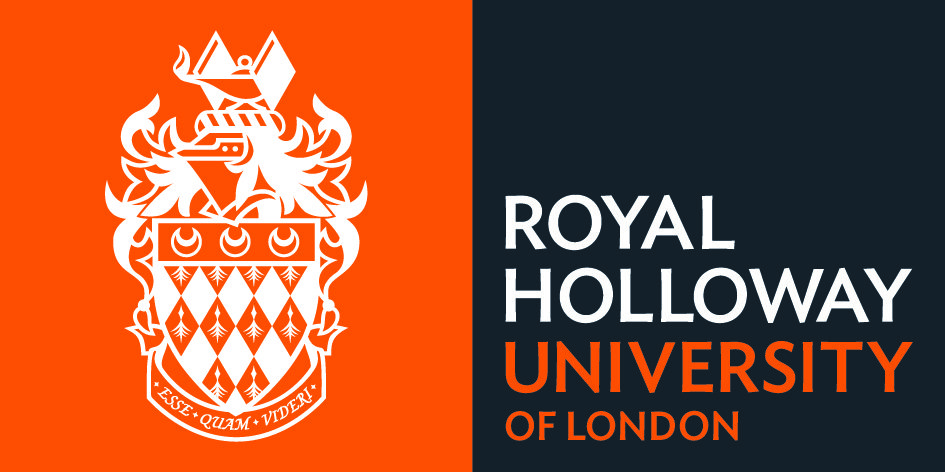
Lesson 1 - Diving into our oceans
This lesson gauges what pupils already know about the ocean, identifying why they are so important, and using that knowledge to explore different places in the ocean through longitude and latitude.
Learning Goals
1. Share what we already know about oceans.
2. Know the difference between oceans and seas and how significant they are to our lives.
3. Practice our mapping skills.
4. Compare ocean environments.
Learning Outcomes
Greater Depth:
Pupils will confidently locate seas and oceans using coordinates with no support. Clearly identify patterns using all data available. Reflect on what and why places are similar / different.
Expected Level:
Pupils will use coordinates effectively possibly with initial support. Can identify patterns using some of the data. Can identify similarities/differences with some justification.
Working Towards:
Pupils will, with support, locate places using coordinates. Can see patterns in at least one data set. Can see some similarities and/or differences.
Support:
Pupils will locate some places using coordinates with support. May notice a pattern. Can identify similarities or differences.
Suggested learning activities
Pre-starter
While the class settles, get pupils to write down as many words as they can think of that link to oceans.
Starter
Pupils complete a mind map or spider diagram based on what they and others know about the ocean. This works well as a movement task so that pupils can get as many ideas from their class as possible. Use questioning to enable ideas to be shared with the class. Reflect on how this makes us connected to the ocean. Make sure they leave enough space for this task to be revisited later in the topic.
Main 1
While pupils are completing the starter task, hand out images of oceans & seas worksheet. To start, get them to label the missing lines of latitude. Then they can draw lines connecting the seas/oceans with their locations. Peer assess the locations using the answer sheet (page 2 of the images of oceans & seas worksheet). They could theorise the factors which make them different then why some places are considered seas while others, oceans.
Using the prompt on the PPT, pupils summarise the difference between oceans and seas. For those who find this task a challenge, print out the definitions to stick into books. They can highlight key parts of the definitions.
Main 2
Pupils look at the vesselfinder website (website has been vetted and provided) to analyse the different shipping routes around the world using the prompts from the PPT. You could split the class into different regions and get them to feedback what they find.
Main 3
Complete a similarities and differences table on two different marine environments use this table to reflect on how we are connected to these places.
Plenary
Class ‘true or false’ quiz. This could be completed as a stand-up (true) /sit down (false) task.
File nameFiles
File type
Size
Download
